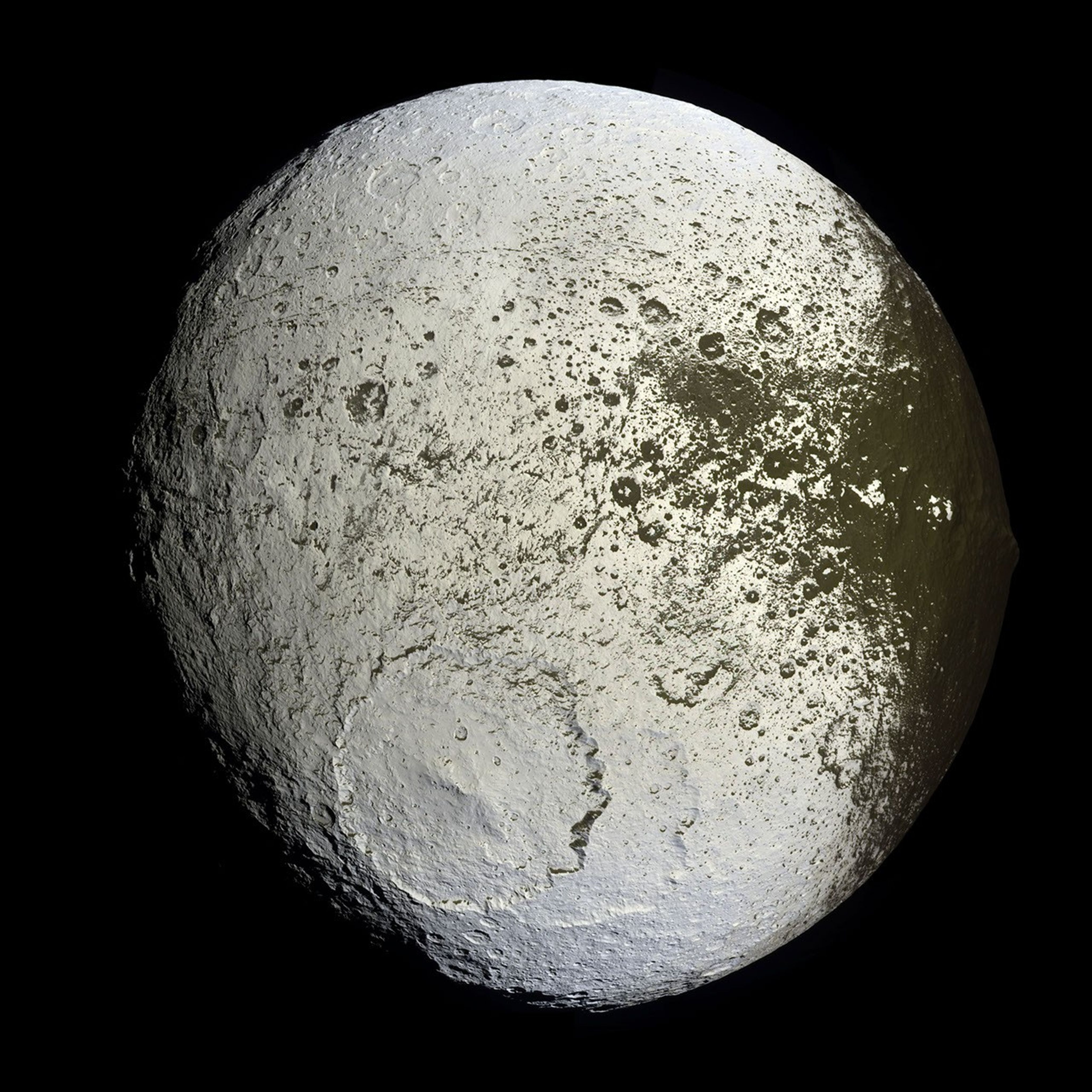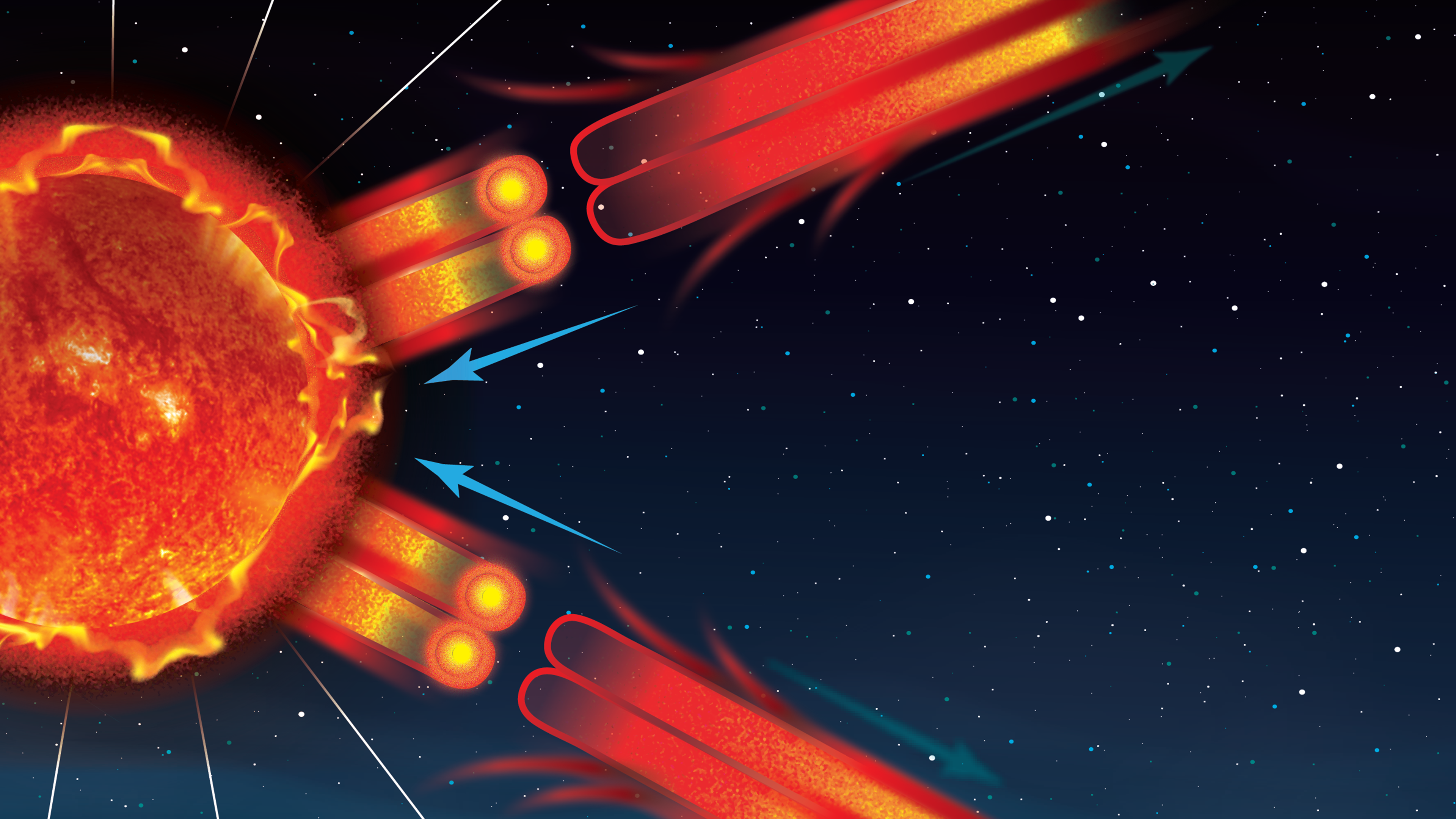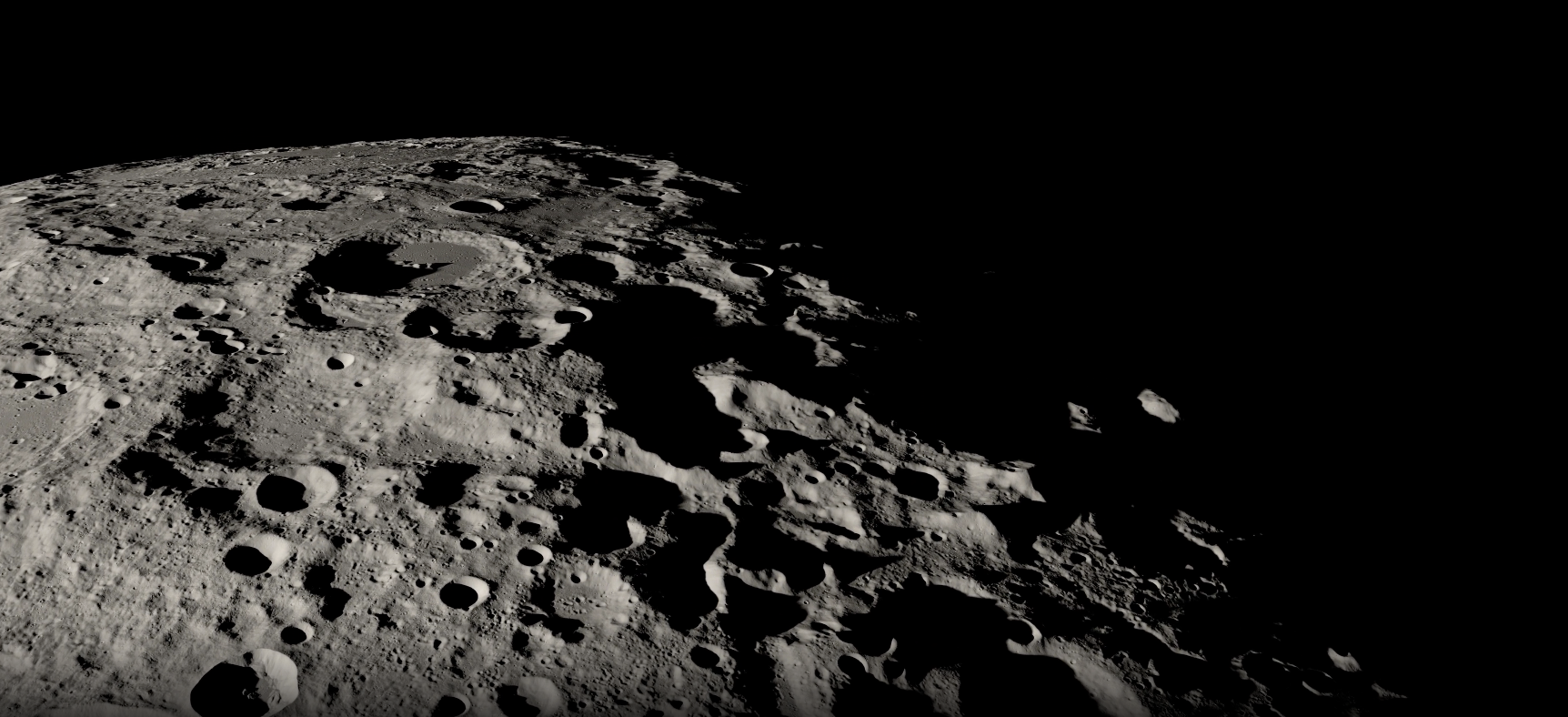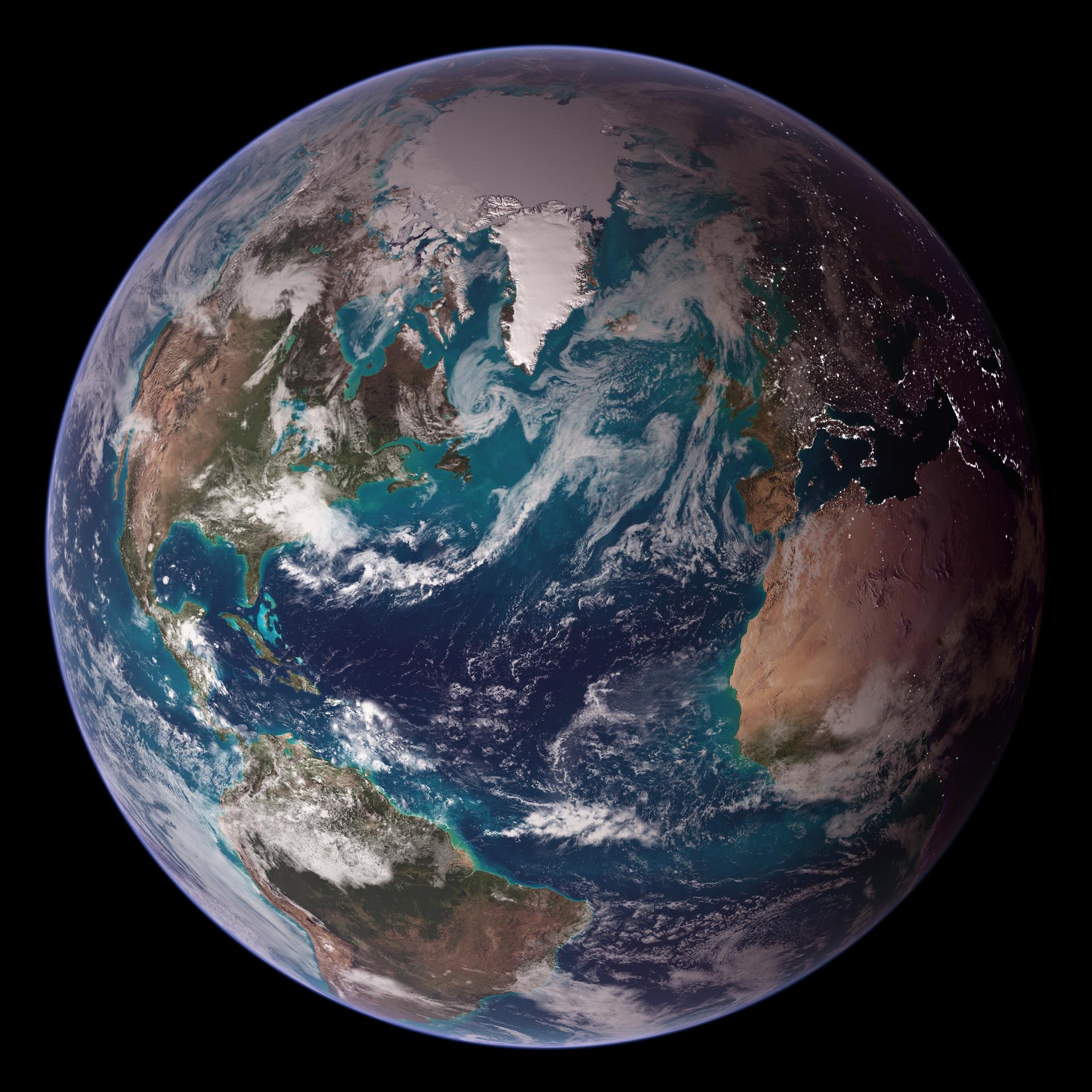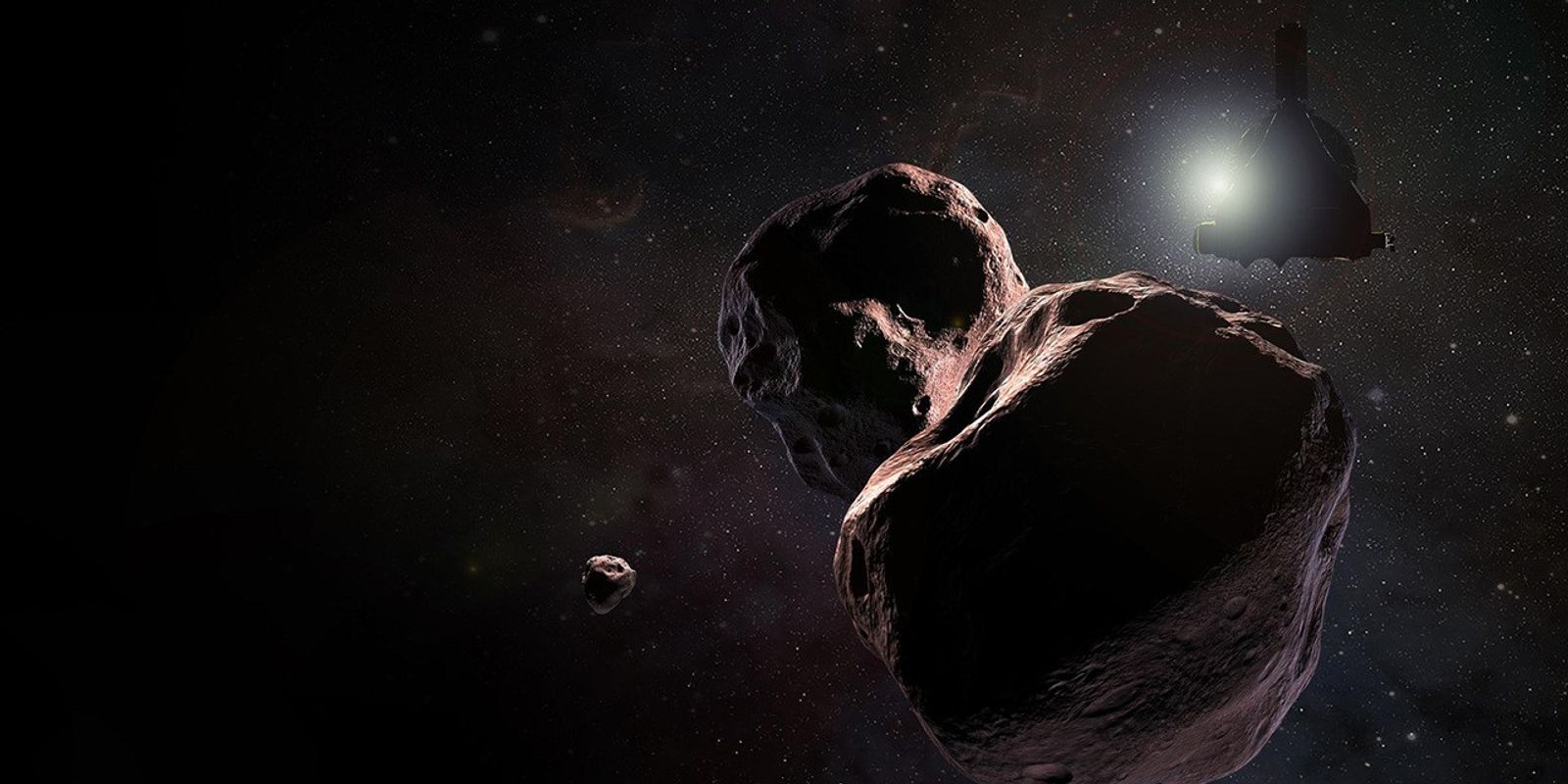Cassini revealed the beauty of Saturn, its rings and moons, inspiring our sense of wonder and enriching our sense of place in the cosmos.
Earthlings have cast their gaze upward at Saturn since ancient times, but it was Cassini’s decade-plus odyssey in orbit there that revealed the true splendor of what is arguably the most photogenic planet in our solar system.
The mission returned stunning views of complex, swirling features in Saturn’s atmosphere, draped by the graceful ring shadows that slowly shift with the seasons.
The spacecraft also revealed the bewildering variety of Saturn’s moons and helped us see each one as a unique world in its own right. One has a noticeable ridge around its equator and a two-toned color pattern (Iapetus); one looks like the “Death Star” from Star Wars (Mimas); one looks like a sponge (Hyperion); another looks like a flying saucer (Atlas); another looks like a potato (Prometheus); another looks like a ravioli (Pan).
Cassini revealed the true splendor of what is arguably the most photogenic planet in our solar system.
Cassini has shown us icy ringscapes that are at once magnificent in their sheer physical extent and exquisitely delicate in their expression of the subtle harmonies of gravity. These ringscapes mesmerize with the myriad designs embossed in them -- the changing pattern of thick and thin, ruffles that stand as high as the Rocky Mountains, icy waves generated by small moons interacting with the rings, and “streamers" and “mini-jets” created in the ribbon-thin F ring by interactions with Prometheus.
The views that have been perhaps the most awe-inspiring are panoramic scenes that encompass the entire Saturn system, including those with the planet and rings backlit, and the tiny glow of our far-off, blue home planet visible far across the gulf of outer space.


























